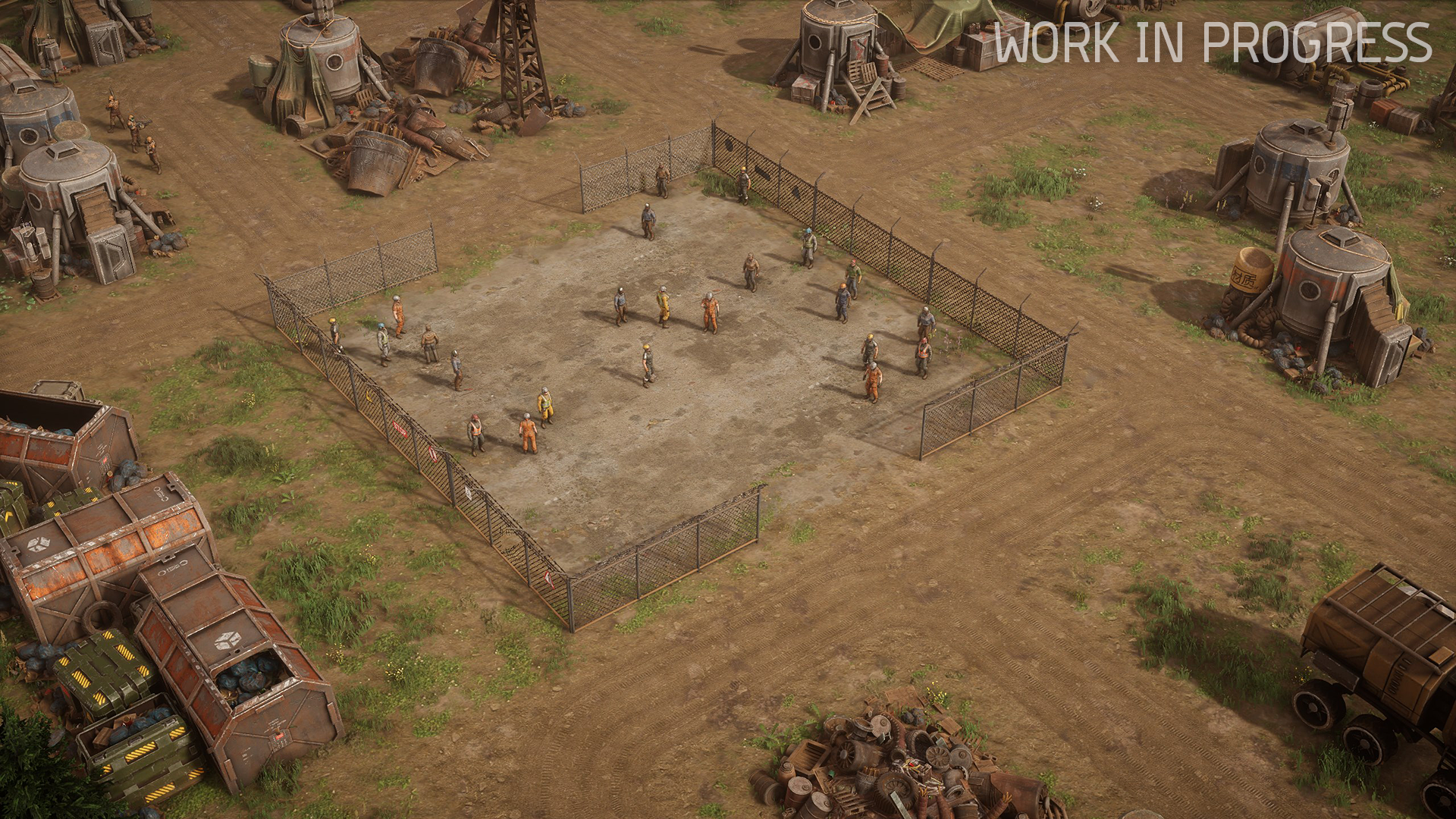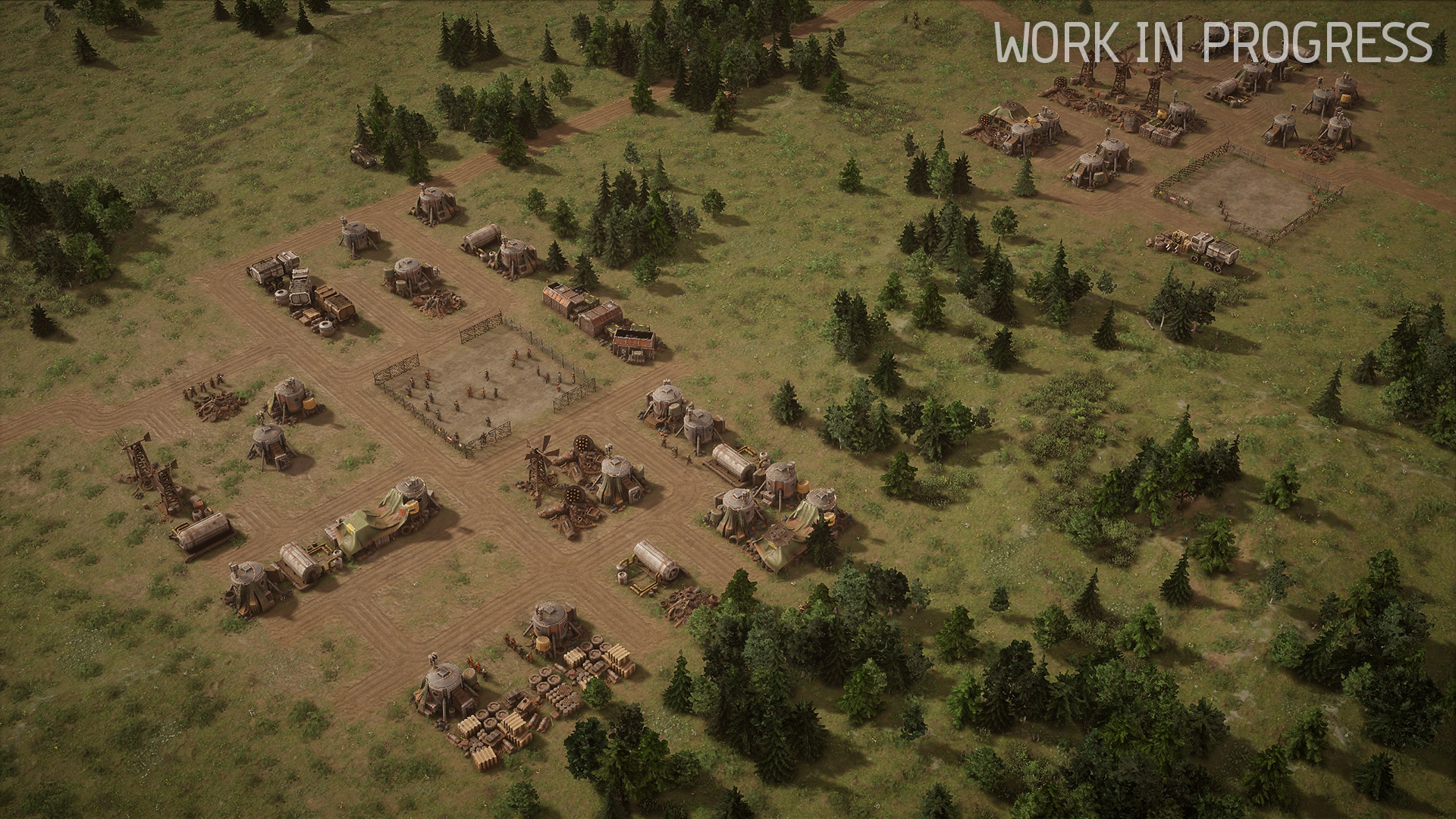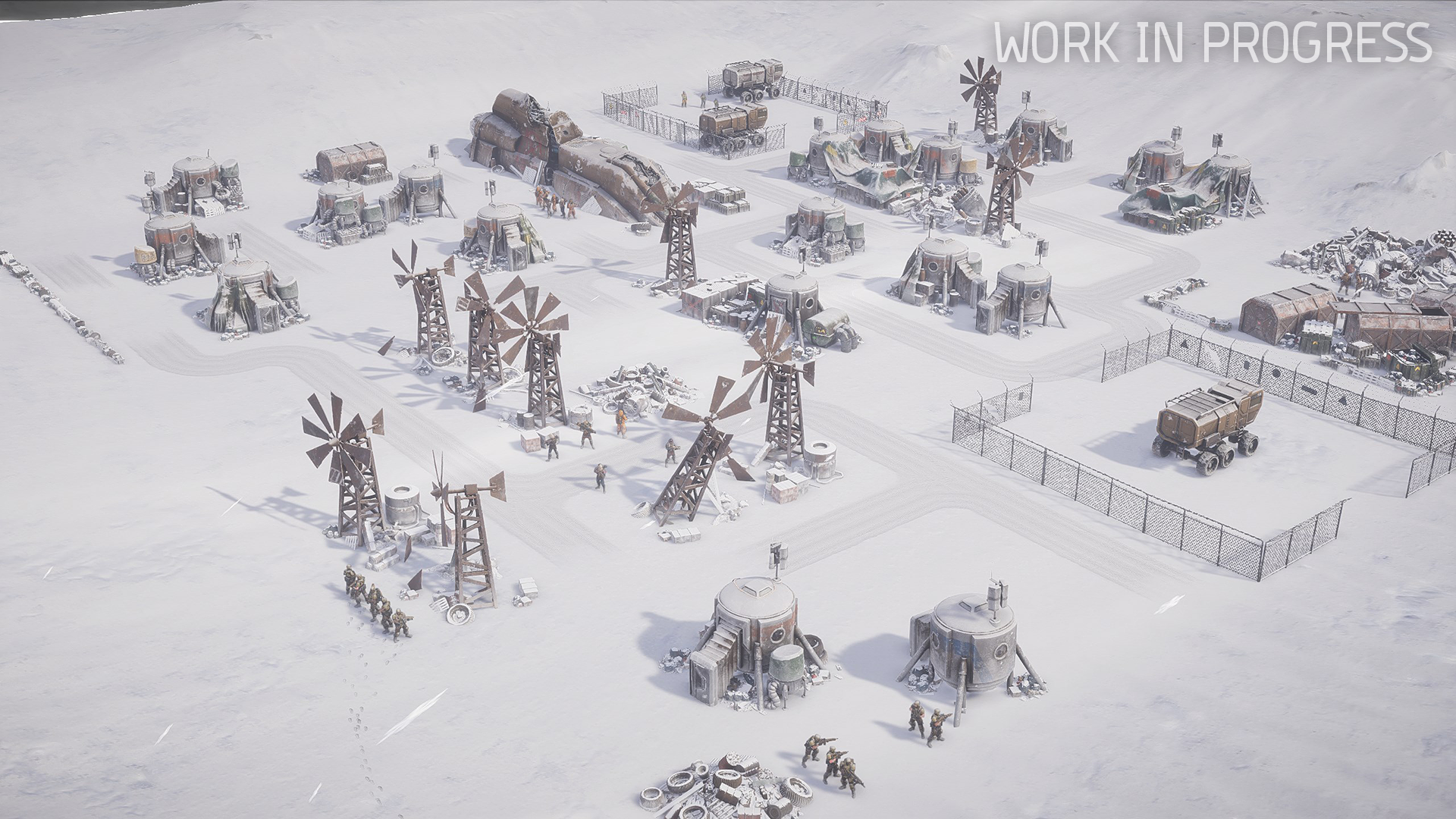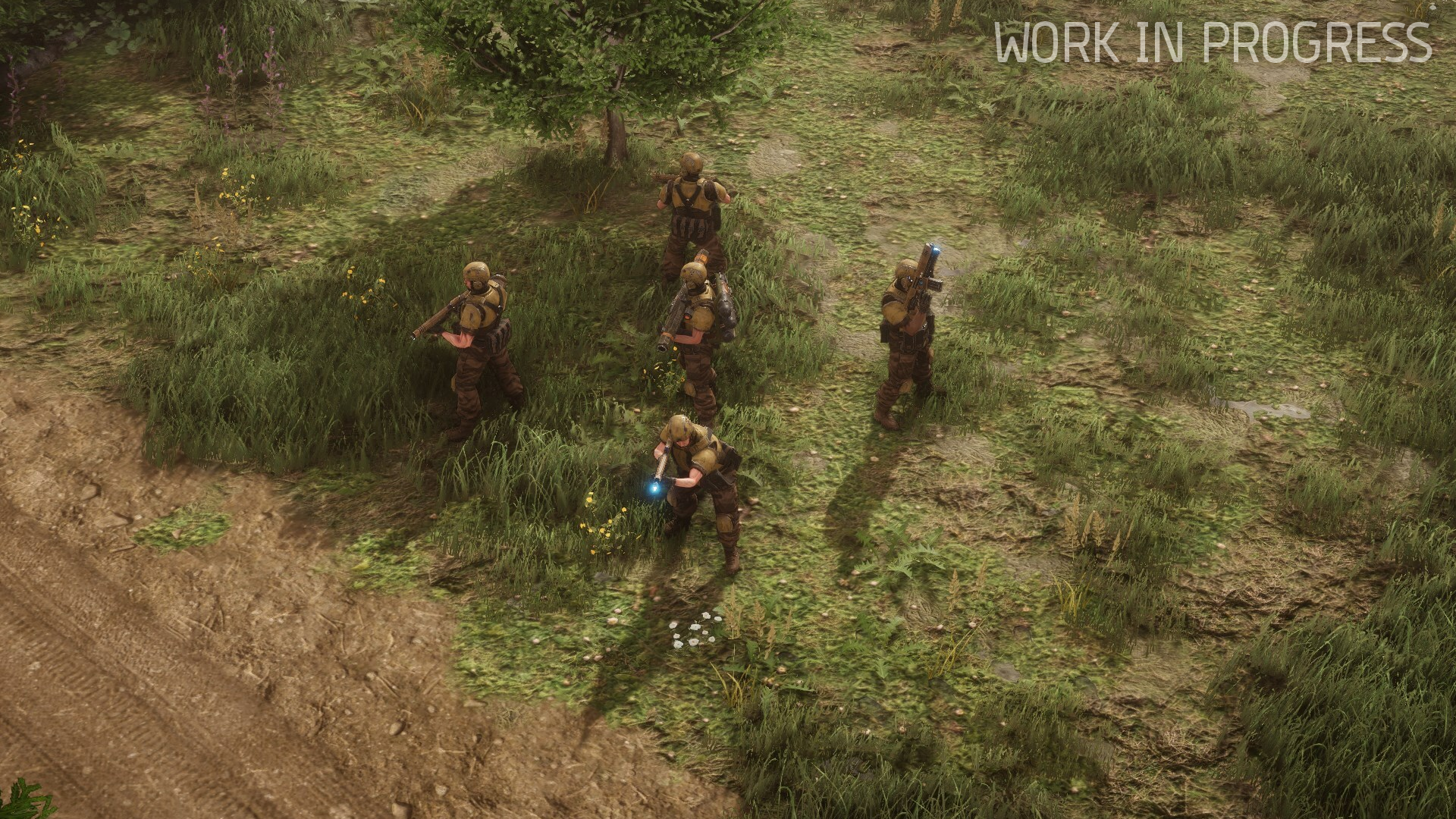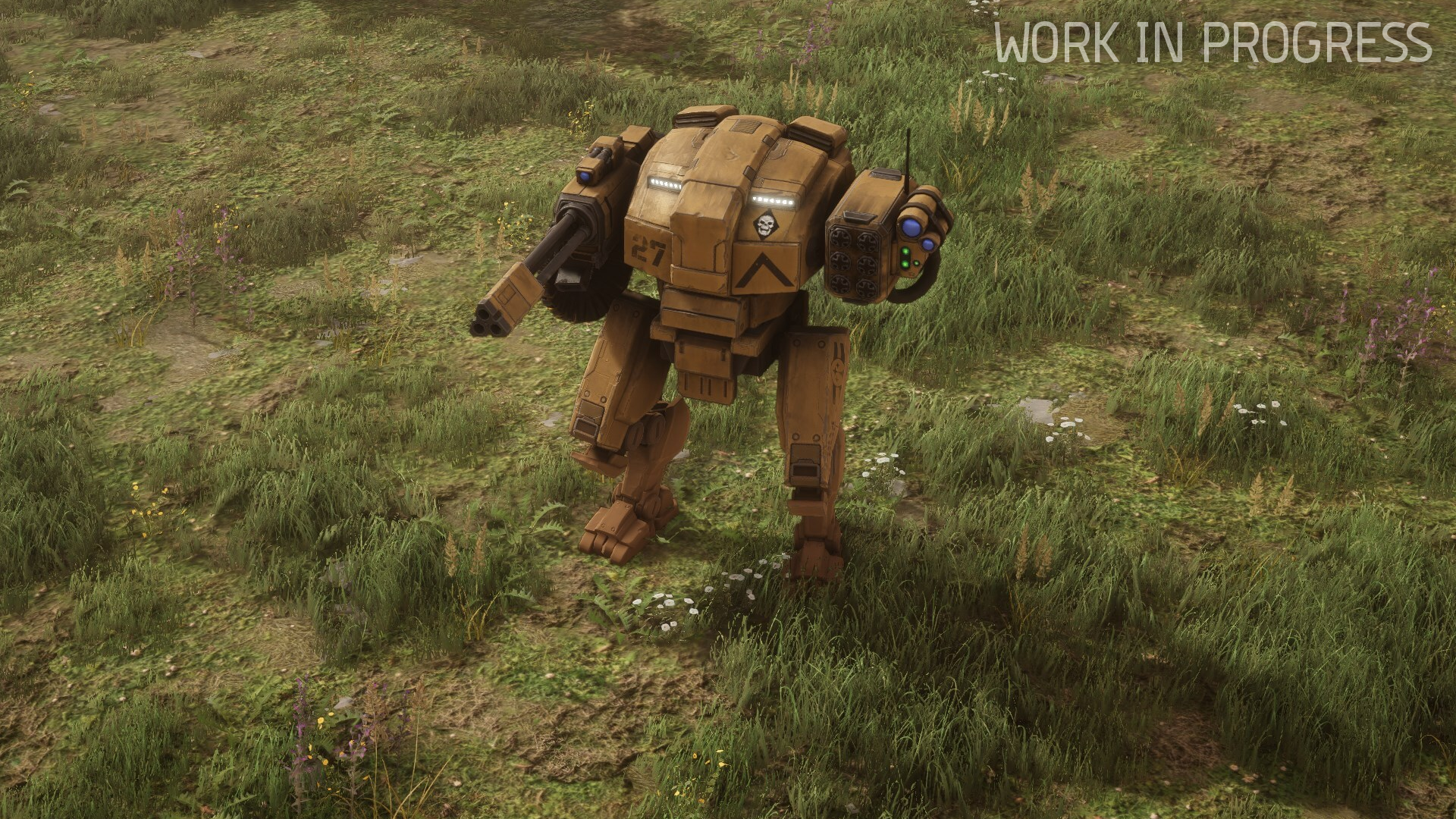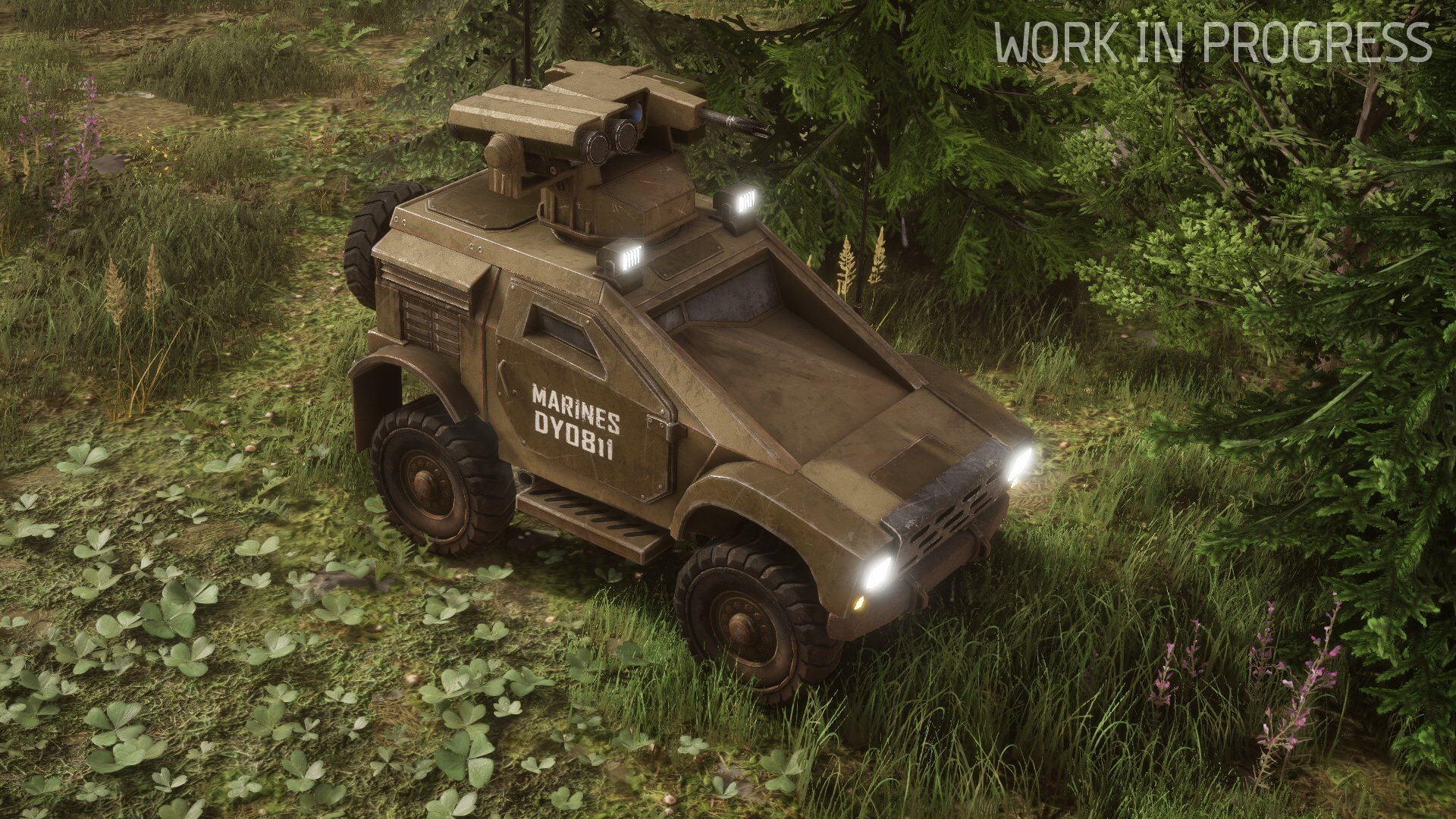Dev Diary #3 - Tactical Combat Overview
An In-Depth Look at Missions, Units, and Combat Systems in MENACE.
MENACE revolves around two gameplay layers: the strategic part we discussed in the last
Dev Diary and the tactical part, with the latter being the game's core.
Today, it is time to get an overview of the most important aspects of tactical combat in the game before we dive deeper into each topic in the following Dev Diary posts:
Objectives
In MENACE, each tactical deployment and battle is called a mission. It is always part of a series of connected missions that comprise a so-called operation. Of course, missions and operations are procedurally generated for maximum replayability and new challenges.
Each mission has one or more objectives that have to be fulfilled to complete it successfully. This can be rescuing civilians and getting them to safety, defending a military base, or capturing critical infrastructure before the enemy advances. The times of killing everything that moves to win any mission are over (but don't fret; some missions still require you to kill everything). Bringing the best-suited squads, vehicles, and equipment for the task at hand will substantially impact a player's success in the game.
Combat Maps, Biomes, and Chunks
The maps in MENACE are square-based, as you might have seen in the screenshots. However, we try our best to visually break up the underlying structure as much as possible to make the map look like an actual battlefield, not a chessboard.
A map's look is determined by its environment, which will differ for each planet. This might be temperate, desert, snow, or jungle. Each environment will branch into various “biomes.” A temperate biome could be “Rocky,” “Forest,” or “Plains.” Each biome will have challenges, like dense forests, obstructing rocks, or a lack of cover and hiding spots. These maps are completely procedurally generated.
Within these maps, we use “Chunks” to implement human-made structures. To that end, we created our very own semi-procedural editor for set pieces. With this tool, we can create a huge variety of human-made settlements, military outposts, factories, and more that all look different and have different setups. The important thing is that they make sense and are not random piles of buildings.
Action Points and Turn Order
Sticking to the genre's origins, we implemented a classical action point system for units where every move and skill use costs a certain amount of action points. Once these points are depleted, the unit has to end its turn. It will re-activate in the next round and have its action point pool refilled.
Unlike most turn-based games, MENACE will use alternating turns between the player and AI. Each unit can act once in every combat round while the player chooses which one to pick. Once that unit has spent all its action points, the AI picks one of its units, and so on.
This creates a situation where the faction with more units has a distinct advantage as it can move all its leftover units freely as soon as the other side has spent all its action points.
Picking the right unit at the right time, manipulating the turn order, or baiting enemy units into certain moves is the masterclass of MENACE combat. It takes a lot of experience and will make the difference between suffering horrendous losses or being hardly scraped.
We will discuss our reasoning behind alternating turns in a later Dev Diary.
Units and Equipment
Players can field two fundamentally different units, namely infantry squads and vehicles. Each infantry squad is led by a squad leader who also represents the unit in combat and is a distinct character who acts in events and more outside of combat.
The size of infantry squads can vary between 1 and 9 elements but will mostly be around 5. The unit shares one health pool, and one element will perish with a certain amount of hit points lost. This will reduce the unit's firepower as more and more fighters drop.
Squads can be equipped with a huge variety of squad weapons. Every member of the squad will use this weapon. Additionally, a squad can opt to equip a special weapon, replacing one of the squad weapons. These usually have a special purpose, such as a rocket launcher to fight armored targets or a machine gun to provide suppressive fire.
On top of the weapons, body armor can be equipped for additional protection and other benefits. Finally, accessories that usually focus on utility can be added. This can be a target designator, a motion scanner, or a set of frag grenades to fight enemies behind cover.
Besides squads, there are also vehicles, including walkers. These have a pilot instead of a squad leader and are always only a single entity on one tile.
Vehicles also have a health pool, but instead of losing elements, a vehicle will collect “defects,” aka injuries. Defects range from an overloaded targeting computer to a disabled engine or might even lead to a catastrophic explosion, instantly wiping the vehicle out.
Unlike squads, vehicles come in certain fixed configurations and can only take on accessories or “upgrades” on top. However, each vehicle will have different variants to ensure a large build variety.
Cover and Line of Sight
Cover and lines of sight are crucial to the tactical combat in MENACE. Cover is provided by buildings, nature features, ad hoc barricades, and even vehicles. Unlike in other games, cover is very effective at blocking shots from the front, so dislodging an enemy in cover with a direct assault usually ends badly.
Instead, players will have to get creative. For example, they suppress the enemy and send another squad to flank them. Alternatively, players can throw smoke bombs to conceal their advance and take the enemy out with frag grenades that ignore cover.
Lines of sight are very lenient in MENACE. Units can see and shoot through all buildings and assets smaller than 3x3 tiles. Only larger structures or objects will block all lines of sight and fire. There has been a lot of development, testing, and trial and error behind this decision.
Still, ultimately, we feel this is the best solution for the scope of the game while putting clarity and predictability for the player first. Few things are more frustrating than expecting to see an enemy from a certain position, moving there, and then not seeing them.
Next week, on the 3rd of January, there will be no Dev Diary. We will take a little break for the New Year.
We wish you all the best and see you in 2025!

























![Glory to Codexia! [2012] Codex 2012](/forums/smiles/campaign_tags/campaign_slushfund2012.png)









